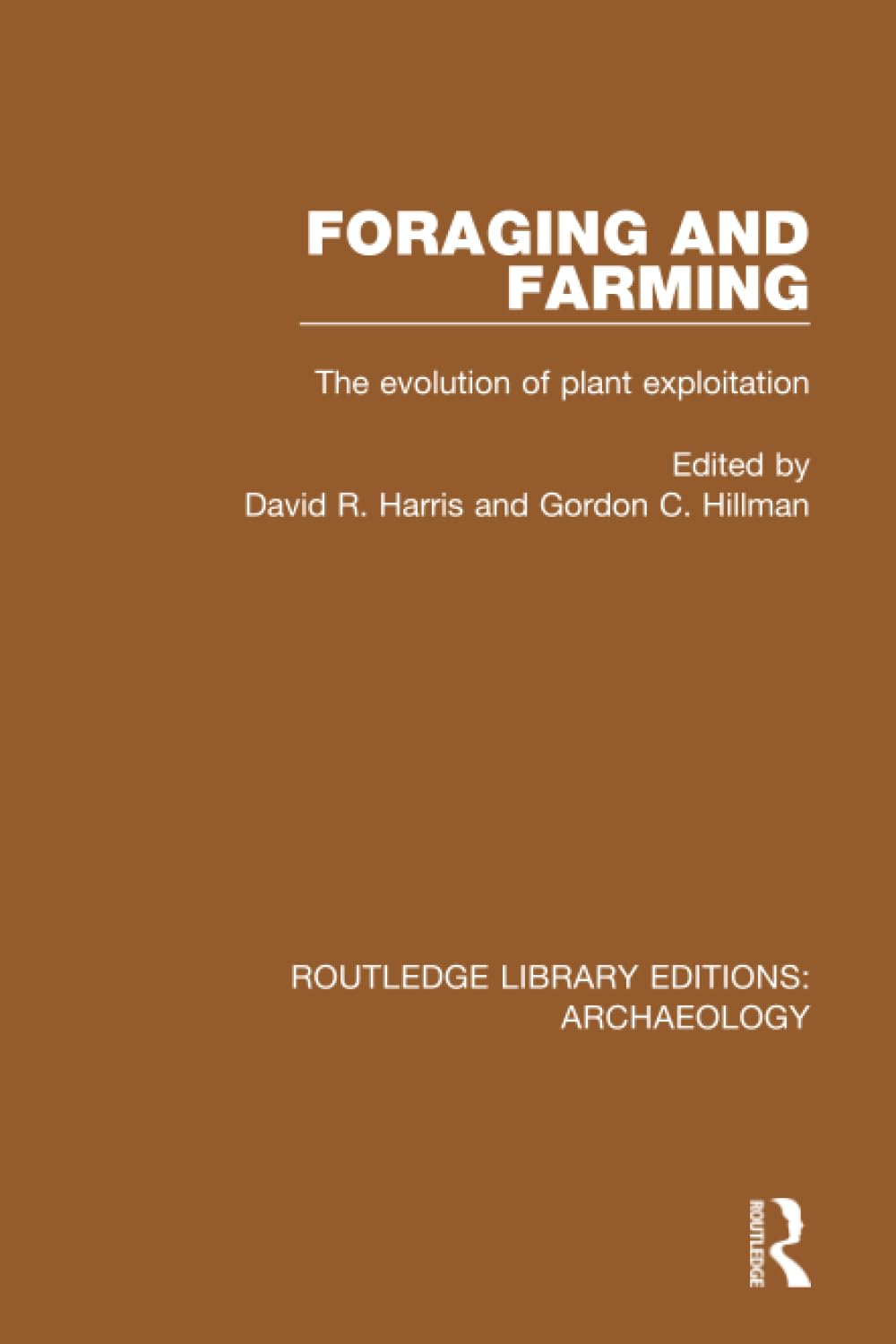Foraging and Farming: The Evolution of Plant Exploitation (Routledge Library Editions: Archaeology)
Foraging and Farming: The Evolution of Plant Exploitation (Routledge Library Editions: Archaeology) is backordered and will ship as soon as it is back in stock.
Couldn't load pickup availability
Genuine Products Guarantee
Genuine Products Guarantee
We guarantee 100% genuine products, and if proven otherwise, we will compensate you with 10 times the product's cost.
Delivery and Shipping
Delivery and Shipping
Products are generally ready for dispatch within 1 day and typically reach you in 3 to 5 days.
Book Details
-
Author: David R. Harris
-
Publisher: Routledge
-
Edition: 1st Edition
-
ISBN: 9781138817906
-
Pages: 766
-
Binding: Paperback
-
Dimensions: 9.1 x 6.3 x 1.6 inches
-
Languages: English
-
Release Date: 05-09-2016
About The Book
Plant Exploitation and Early Agriculture is a pioneering work that introduces a new approach to understanding plant exploitation and early agriculture. This volume offers a global comparative perspective, challenging the conventional dichotomy between "hunter-gatherers" and "farmers." Harris argues that human exploitation of plant resources is better understood as a continuous global evolutionary process, encompassing both the beginnings of cultivation and crop domestication.
Drawing from a wide range of geographical contexts, from the Andes and China to Australia and the Upper Mid-West of North America, this book provides a diverse and inclusive examination of plant use across different cultures and environments. Each chapter highlights how various societies interacted with and domesticated plants, making this work invaluable to anthropologists, archaeologists, botanists, and geographers alike.
Originally published in 1989, the book remains an essential resource for those studying early agricultural practices and the cultural evolution of plant use. Harris’s interdisciplinary approach also makes the book relevant to scholars from various disciplines, offering insights into the interplay between human societies and their natural environments.





